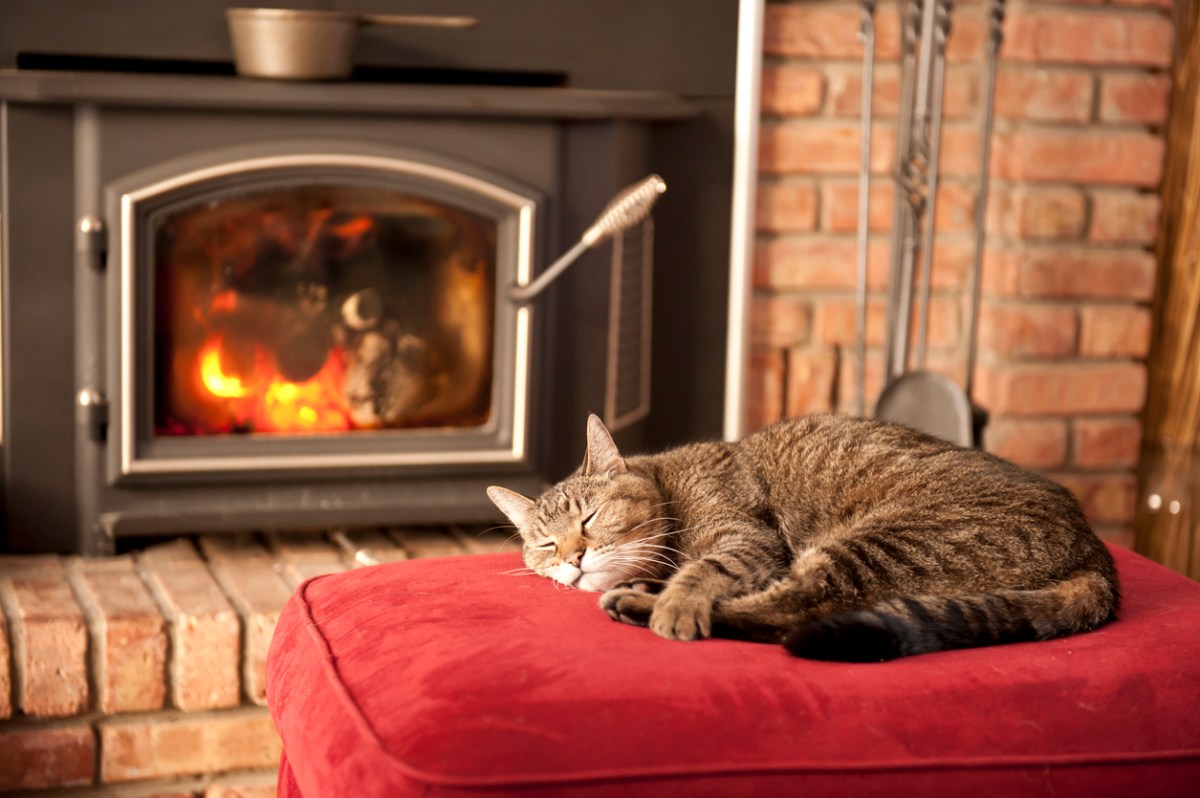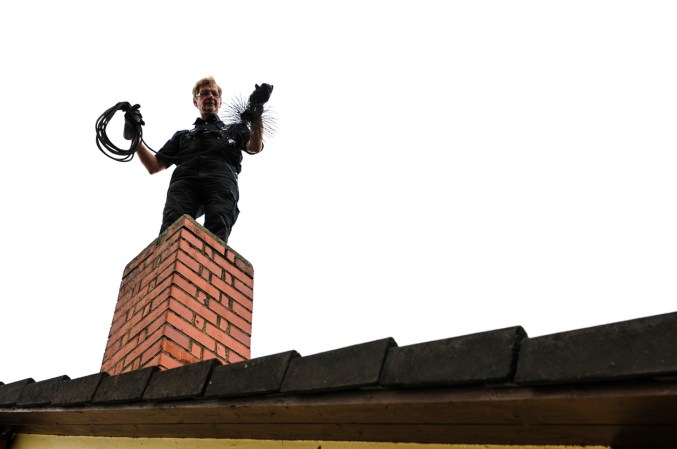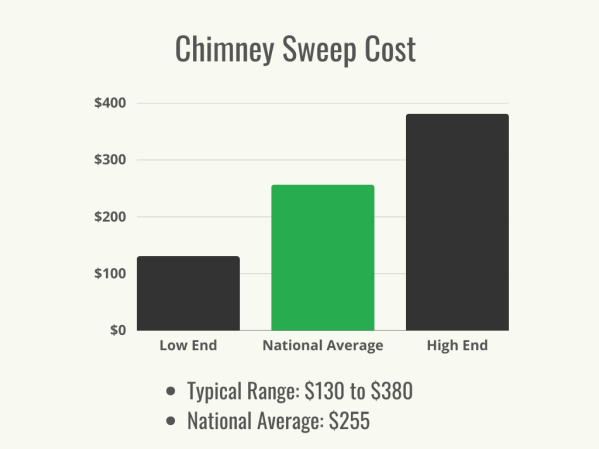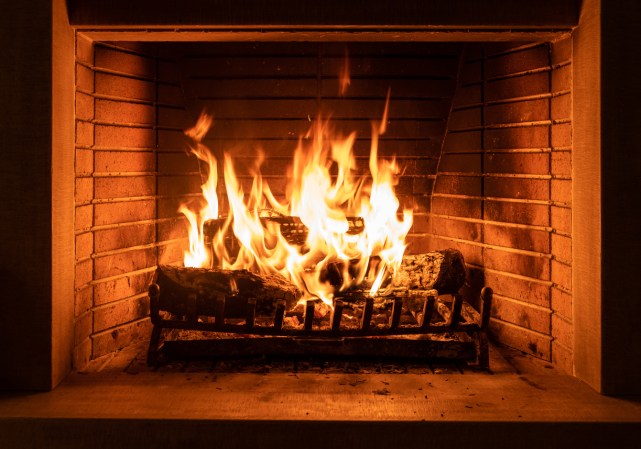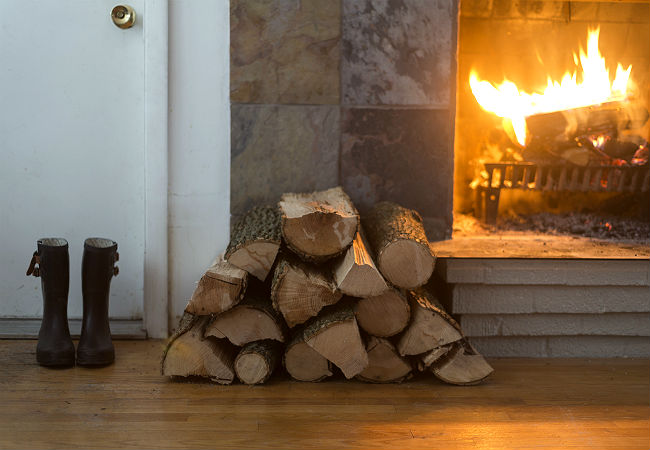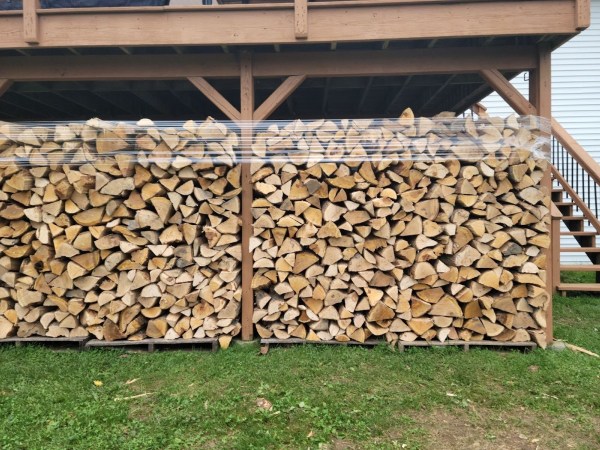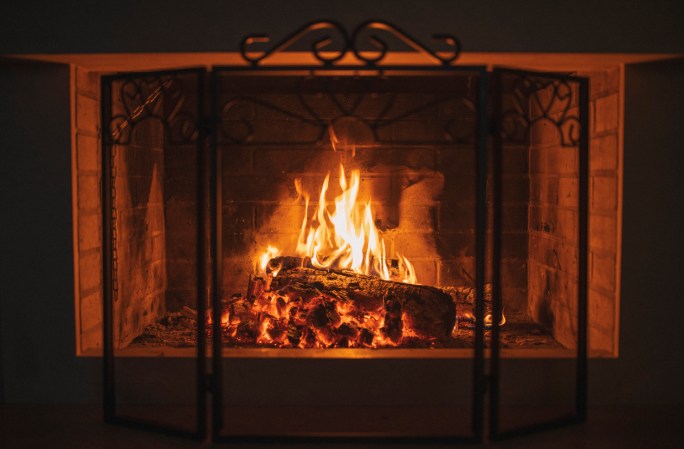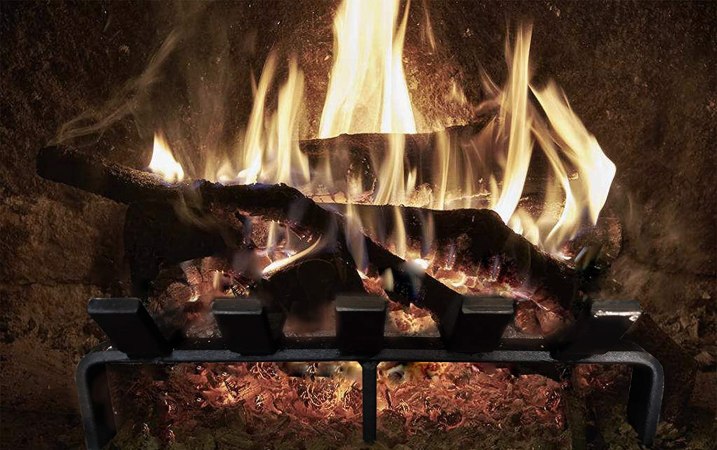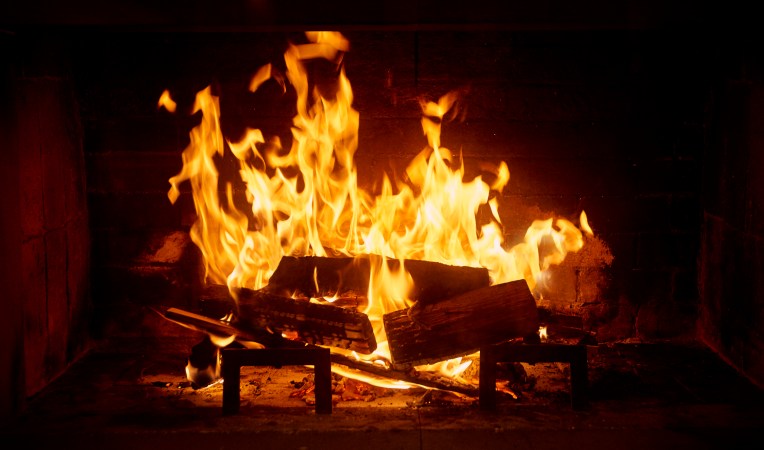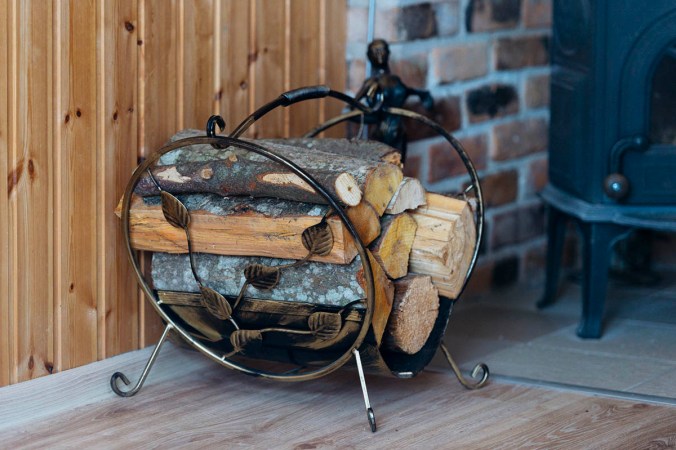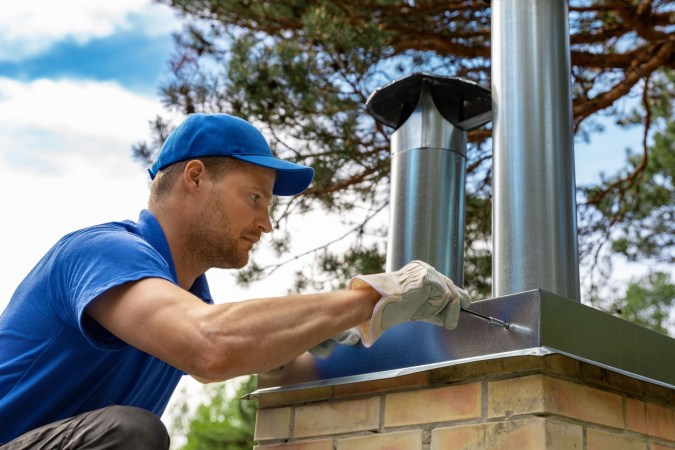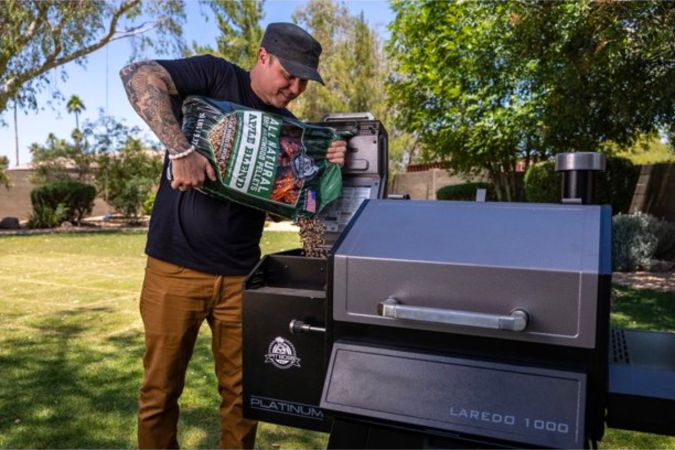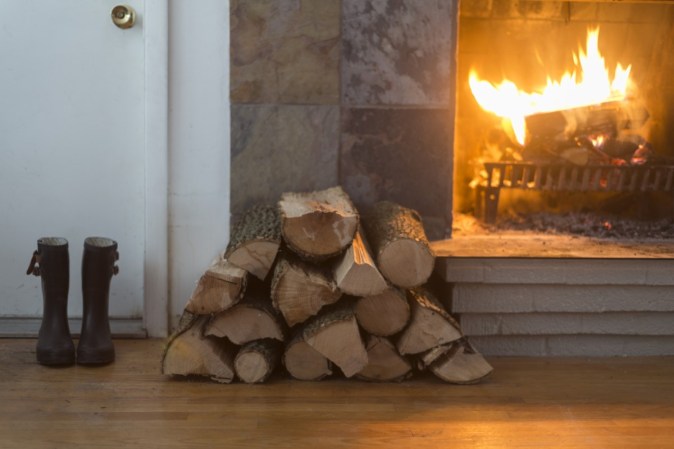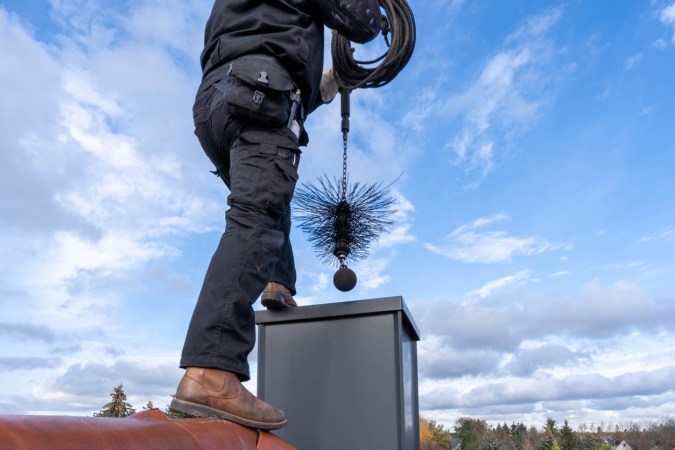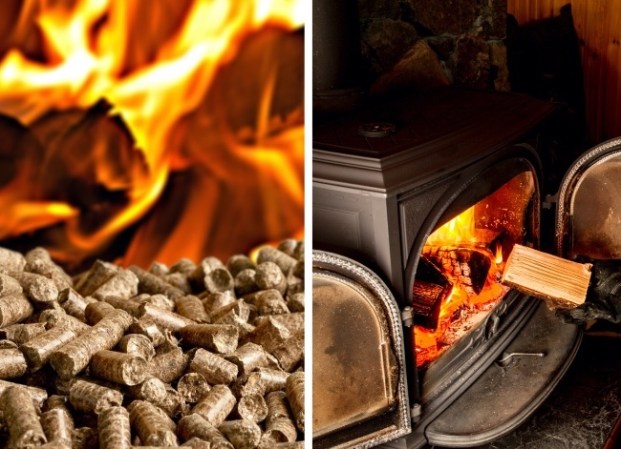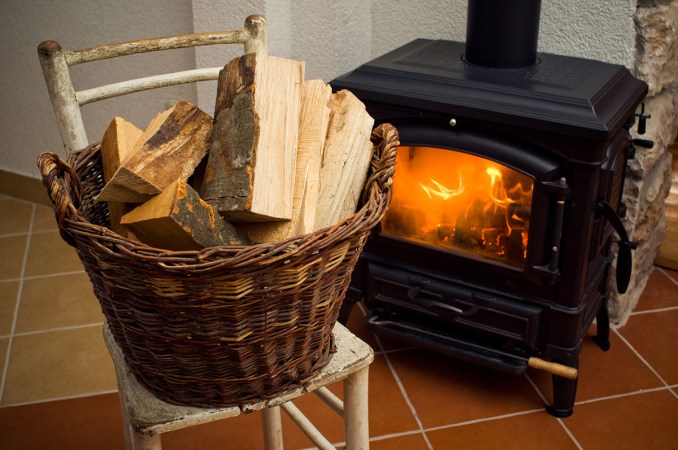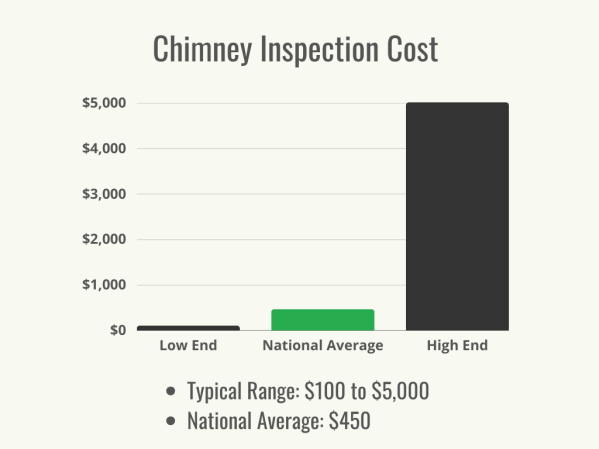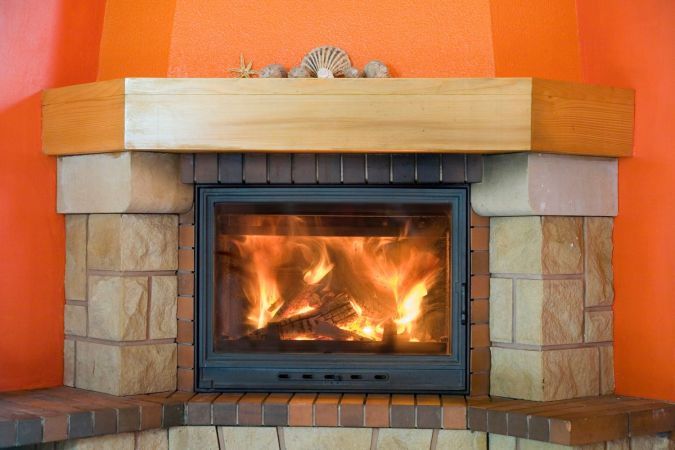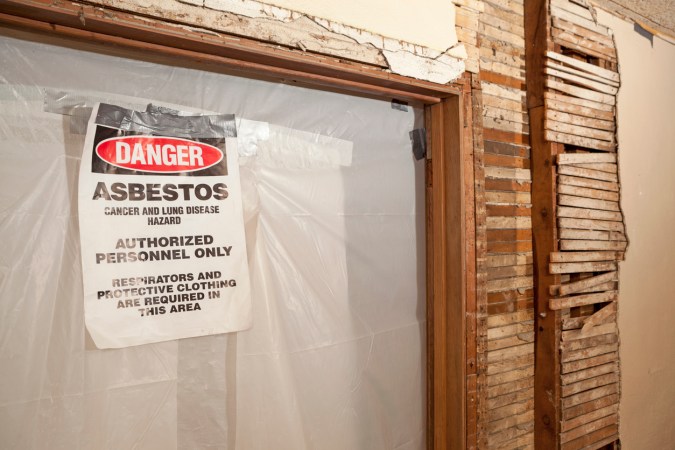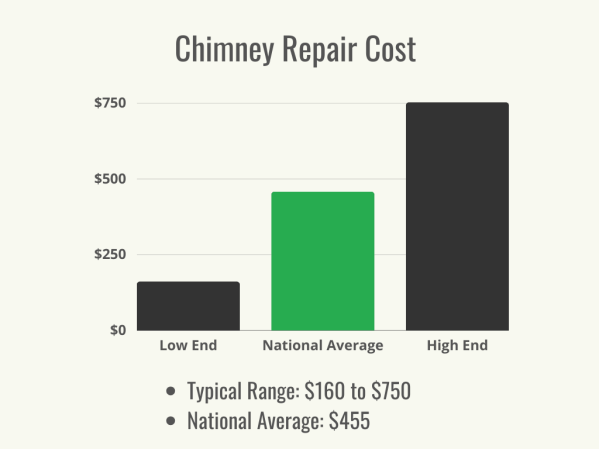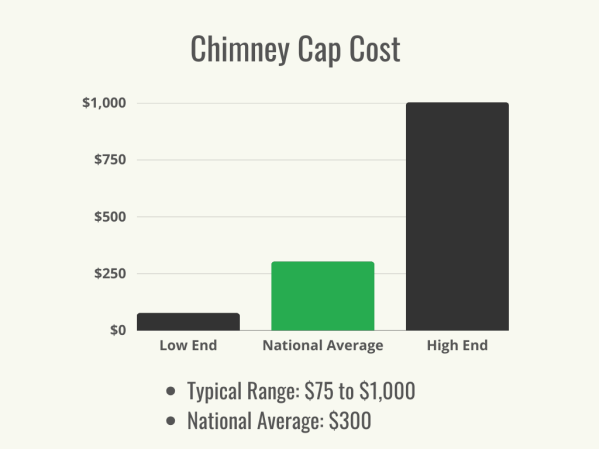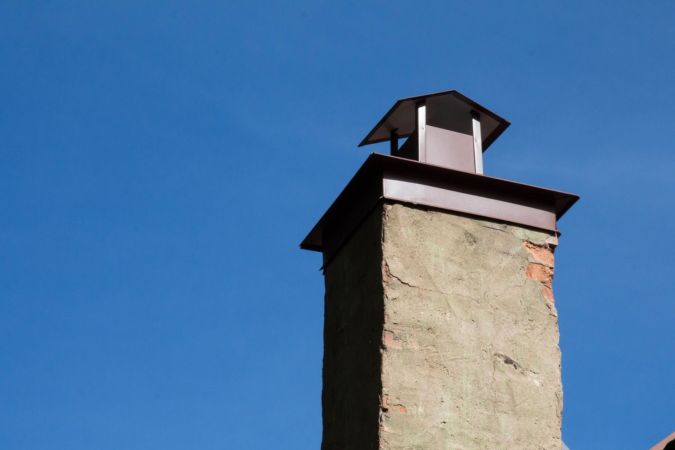We may earn revenue from the products available on this page and participate in affiliate programs. Learn More ›
Why would you want a wood stove in your home? There are plenty of pros. Reducing your reliance on the grid is one great reason. The fact that wood is far more renewable than other resources (lookin’ at you, oil and gas) is another. Maybe it’s about tapping into your inner pioneer, frontiersperson, or lumberjack. Lastly, its tremendous aesthetic appeal—the crackling sounds that comfort, the homey scent, the flattering glow it bestows on everyone’s faces.
One “con” that some people cite as an argument against this approach to home heating? The maintenance. Follow some easy do’s and don’ts, however, and then keeping your wood stove in fine fettle and clean condition will be so easy that it’s like…well, like falling off a log.
RELATED: Pellet Stove or Wood Stove: Which Is Best for Heating Your Home?
1. DO clean a wood stove regularly.
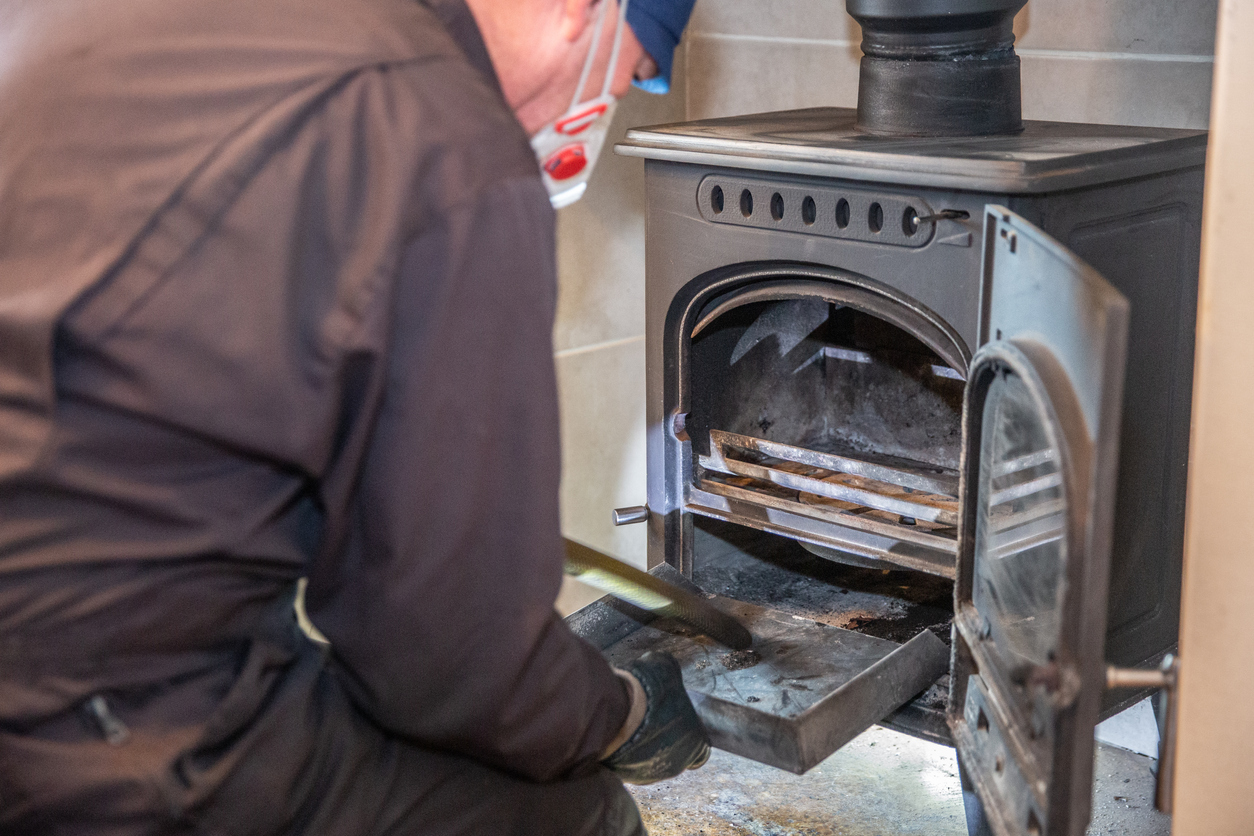
How often your wood stove needs upkeep depends on how frequently you use it and the type of wood you’re burning, as some generate more ash than others. A stove that’s used to heat the whole home will need ashes removed every few days, while less-frequent users can wait until the ashes pile higher. (More on ash removal below.)
Clean the exterior of the stove with a soft, dry rag or vacuum it with your vac’s brush attachment. For wood stoves with glass doors or windows, you will want to use a dedicated glass cleaner, not the same blue stuff you use for the bathroom mirror. Or try this old-fashioned, frugal method: take a damp rag or some crumpled, dampened newspaper, dip a corner lightly into the wood ash in your firebox, and use that to gently scrub soot and dirt from the glass.
RELATED: 9 Reasons to Bring Back the Wood Stove
2. DON’T clean your stove unless it’s unlit.
Wait until your wood stove is unlit and entirely cool before you attempt any kind of cleaning or maintenance. For obvious reasons, fussing with a box full of fire in full blaze is not going to end well.
3. DO inspect the stove often.
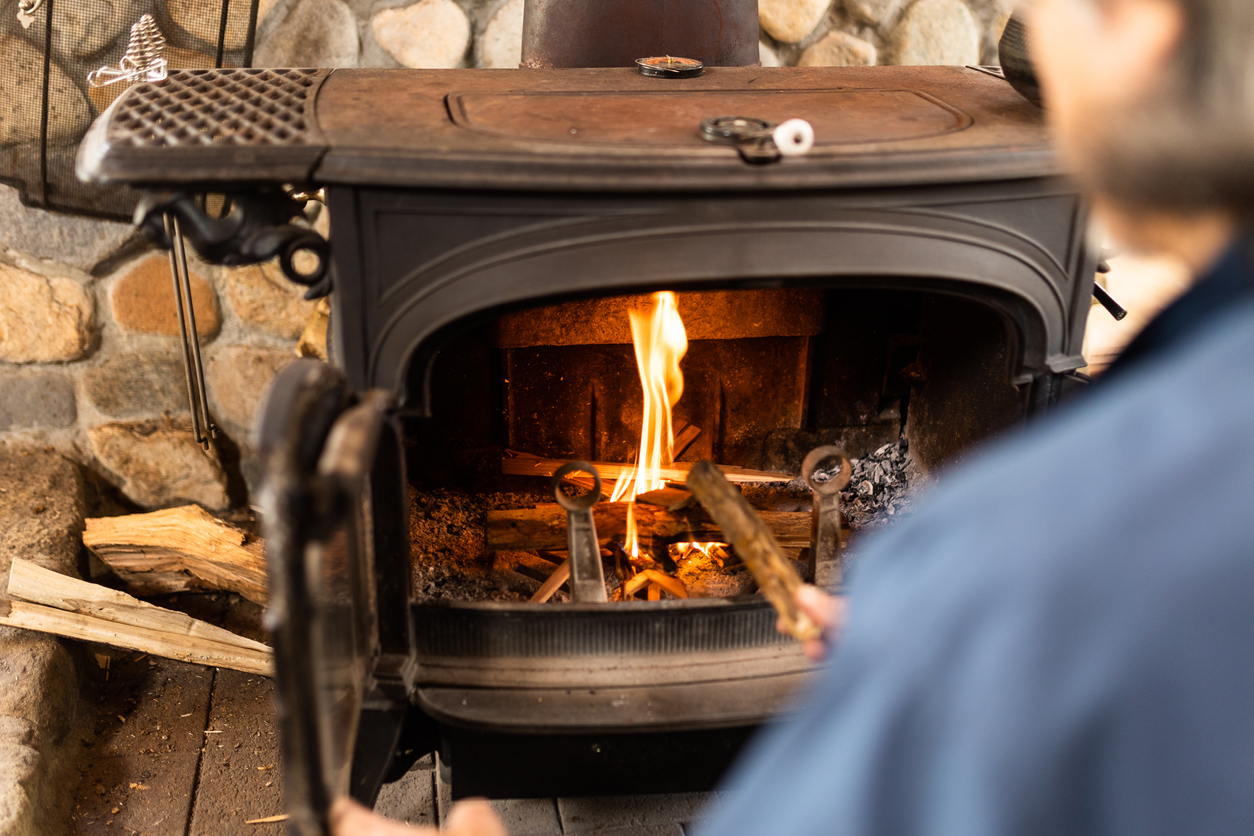
Get into the habit of glancing at your stove’s most vulnerable spots each time you add wood. Should you see anything amiss with the doors, windows, seals, hinges, gaskets, ash drawer, screens, glass, or damper, take action to replace or fix the faulty part before your next fire.
RELATED: How Much Does Wood Stove Installation Cost?
4. DON’T forget about the flue and chimney.
You might be able to make a visual inspection of the flue from inside your home, but it’s probably easier to see from above, looking down the chimney. When creosote—the by-product of incomplete combustion in your stove—builds up inside the flue, it can become very dangerous. Unfortunately, it can also become very difficult to remove. Hiring a professional chimney sweep to do a thorough job, and keeping on top of maintenance schedules, are the two best steps to make sure your flue is clean and your family is safe.
RELATED: 25 Bad Habits That Could Burn Down Your House
5. DON’T tackle chimney cleaning yourself.
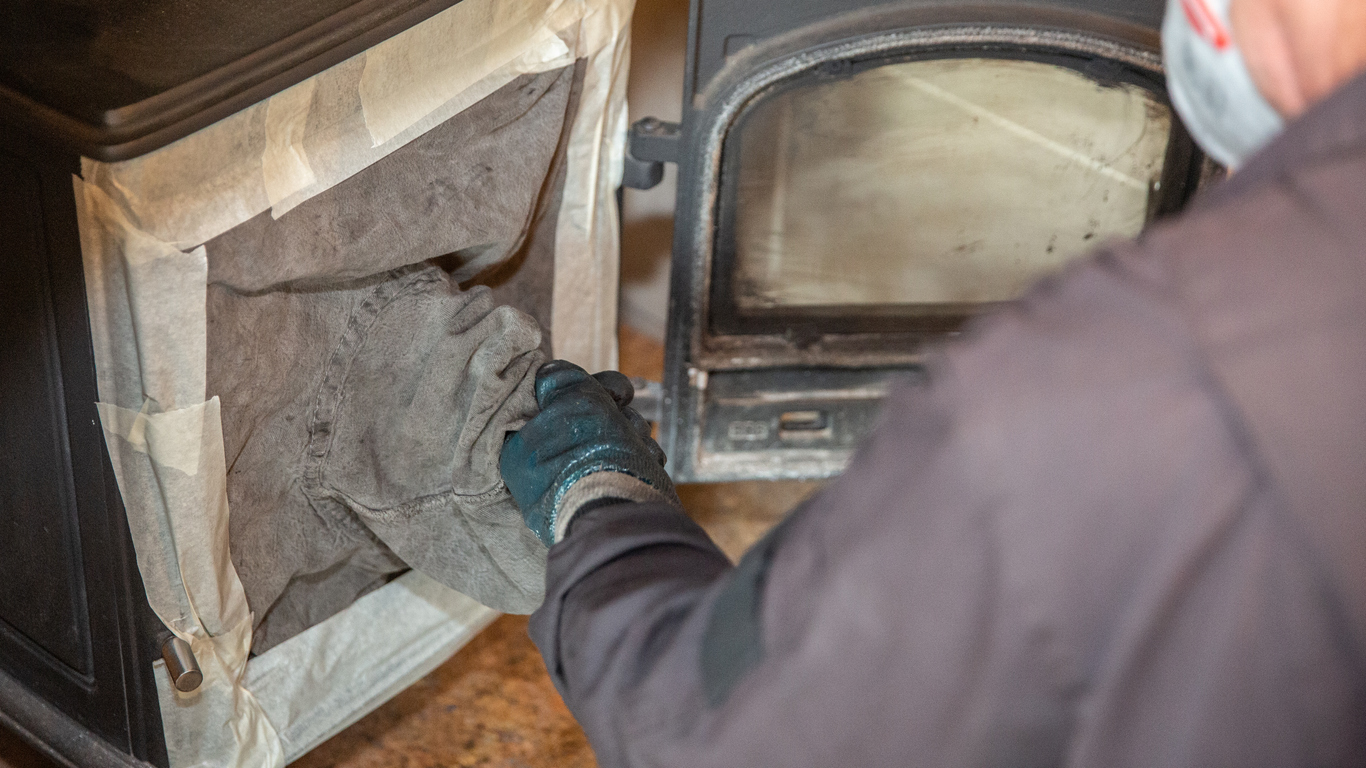
Can you clean these essential elements of any wood-burning feature on a DIY basis? This is a “yes, but…” situation. For starters, you have to be comfortable with heights and feel secure working on the roof. The creosote build-up should be less than ⅛ inch if you’re tackling it yourself. And you’ll need some specialized, expensive tools for this job.
A chimney pro can also inspect your system for signs of previous, undetected chimney fires and safeguard it against future fires. The Chimney Safety Institute of America recommends that homeowners schedule professional chimney cleaning on a yearly basis.
6. DO do away with ashes.
Where there’s smoke, there’s fire—and where there’s fire, there’s ash. The sooty stuff doesn’t pose a problem until it seriously restricts the space inside your stove’s firebox. When you can’t add enough wood for a good, long, hot burn, or when embers start to tumble out if you open the door, grab your ash bucket or vacuum. (You will also want gloves, maybe goggles to protect your eyes from airborne ash particulate, and an apron or coveralls to keep your clothes clean.)
RELATED: The Best (and Worst) Types of Wood for Burning
7. DON’T get rid of all the ashes.
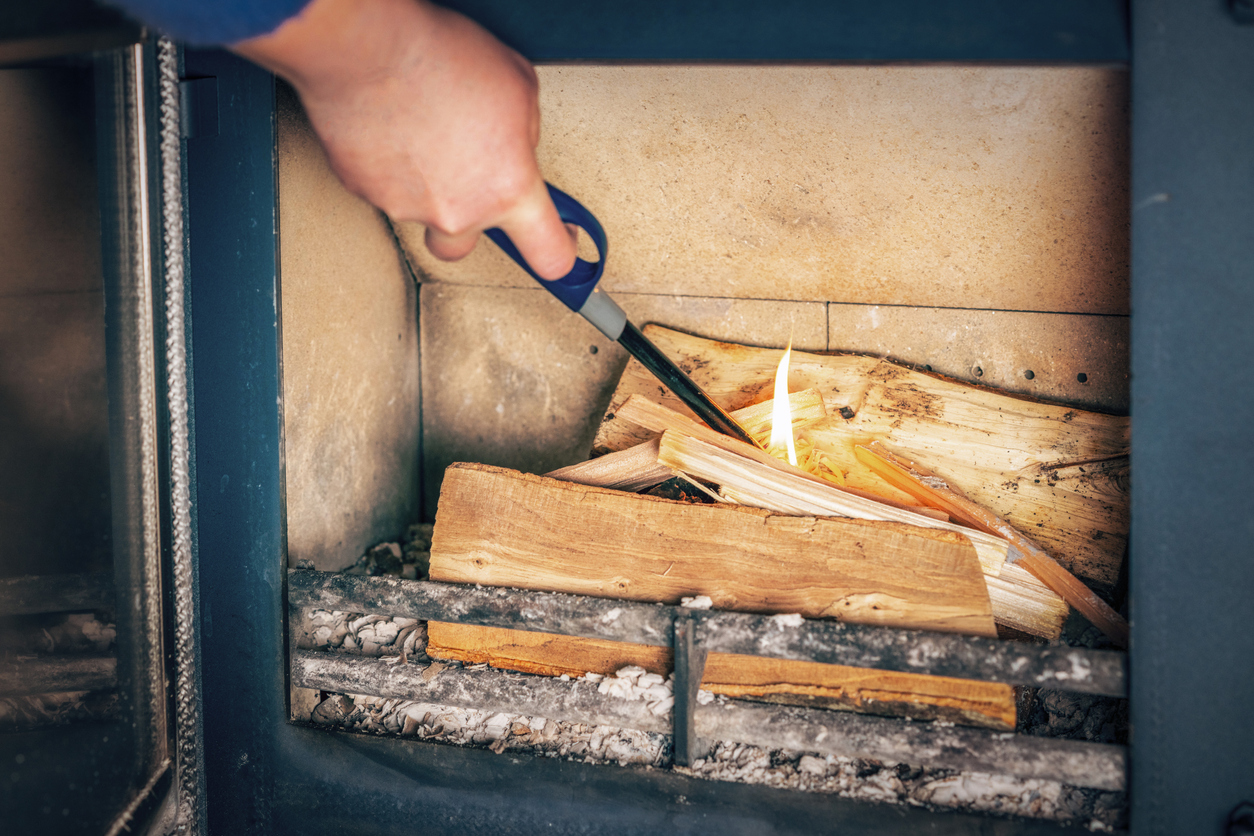
Lazy cleaners rejoice: unlike many other surfaces in your home, the bottom of a wood stove’s firebox shouldn’t be scrubbed until it shines. Rather, leave a bed of ash behind—about one inch, maybe a little more. This serves to insulate the firebox and the embers, helping the heat stay where it ought to be.
8. DO dispose of ashes properly.
Start with emptying the ash box or drawer, if the stove has one. Not all do. Next, use a small spray bottle to spritz the ashes with a little water—just enough to dampen them down and prevent them flying all over.
During this process, keep safety top of mind. It’s common for ashes to hide small, smoldering embers. Transferred to plastic buckets, sucked up into vacuums, or dumped carelessly in the yard or garbage can, they can melt surfaces or reignite, causing real problems.
Once you’re certain the ashes are ember-free and there’s no more combustion taking place, you can dispose of them with your regular trash, put them in your compost, or spread them in your garden beds. Some people use ashes instead of ice melt on slippery steps and walks; others dump them into an outdoor firepit all winter, then dispose of the whole mess in the spring.
RELATED: How to Clean a Fireplace
9. DO use purpose-built metal tools.
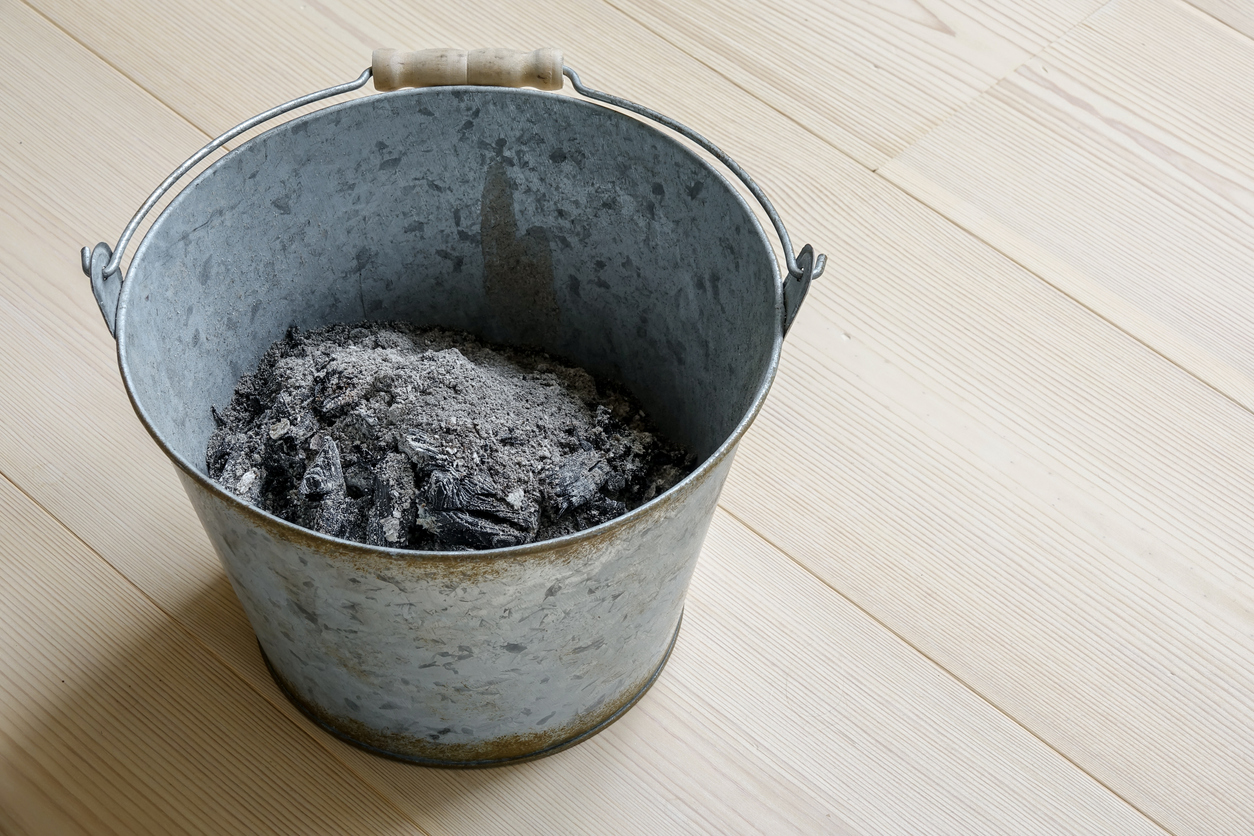
Steel, galvanized steel, and cast iron are top choices for ash-removal accessories and other fireplace tools that you’ll need for poking logs and dealing with stray embers. There’s a wide variety of dedicated ash shovels, scoopers, sifters, dustpans, and brushes to fit every home and every budget. Take a look at our top picks for best fireplace tools.
10. DON’T use plastic or any other non-metal tools.
Especially frugal fire-lovers may try to save money by substituting tools that aren’t made for these (potentially) high-temperature uses. We get it—if you have a garage littered with various pails, buckets, shovels, and brooms, it’s hard on a practical level, if not a financial one, to shell out for all-new. But in this case, you have good reason to justify the purchase. Don’t run the risk of melting or otherwise ruining plastic buckets or brooms. Never put ashes directly from the stove into garbage bags or bins. Keep ashes away from other trash and debris, especially anything flammable. It’s simply not worth the risk. Your home, your family’s health, and even your lives are riding on your fireplace and/or wood stove safety practices.
RELATED: The Best Fire Pit Tongs
11. DO consider an ash vacuum.
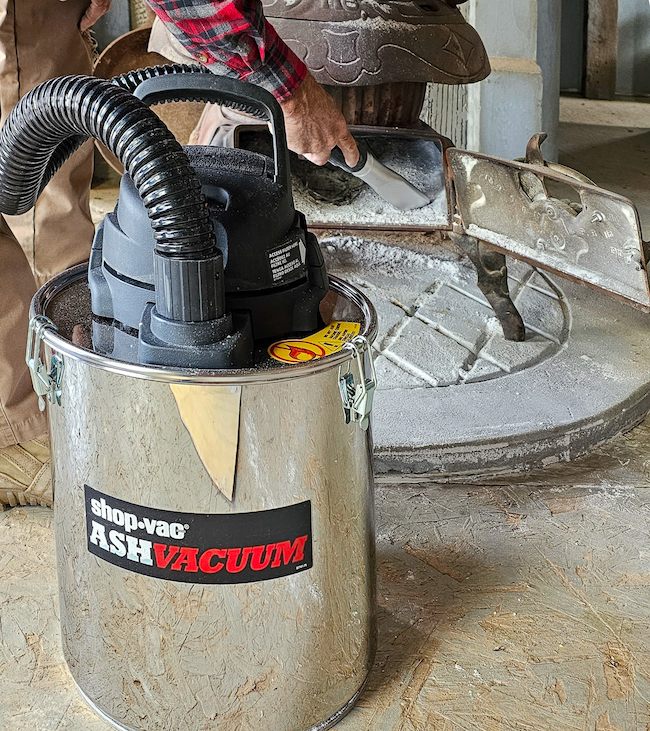
Serious wood stove users might want to consider purchasing a dedicated ash vacuum to eliminate the dirty work of cleaning the firebox, not to mention the airborne ash that seems impossible to avoid when deploying shovels and brushes. If you find yourself scooping ashes very often—or, on the contrary, you delay scooping them because you dread the mess—this tool could prove a boon to your cleanup routine.
An ash vacuum isn’t just for wood stoves, of course. Homeowners with pellet stoves, backyard grills or smokers, and even regular ol’ fireplaces will find these handy. Take a look at our review of the year’s best ash vacuums, including one that ticked all the boxes, the PowerSmith Ash Vacuum.
